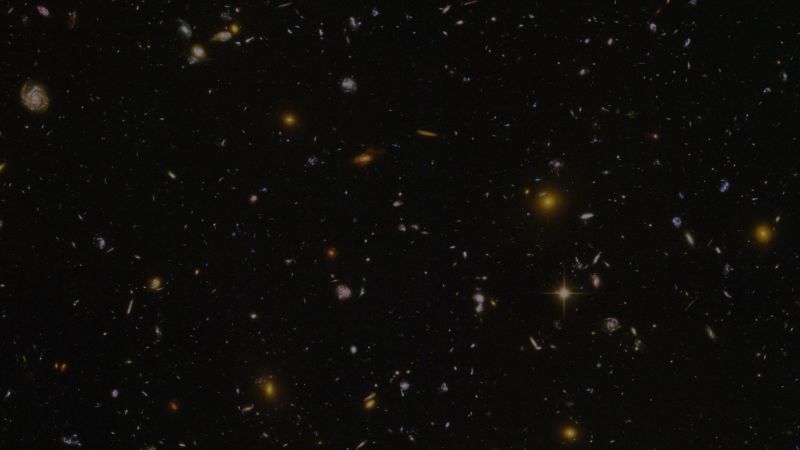The final full moon of 2023 will peer over the horizon on Monday, the night of Christmas, and reach its peak the following evening — offering a warm lunar glow during the cool holiday nights.
December’s full moon could appear wholly round to the naked eye as early as Sunday and will continue illuminating the night sky for a few evenings after it reaches its maximum fullness on Tuesday at 7:33 p.m. ET, according to the Old Farmer’s Almanac.
Naming winter’s first full moon
This month’s full moon is also known as the “cold moon,” a term coined by Native Americans — specifically the Mohawk people — in reference to the cooler temperatures typically associated with December in the Northern Hemisphere. (Though climate change is quickly making the winter months warmer.)
Other names for the final full moon of the year include the “Snow Moon,” the “Winter Maker Moon,” and even the “Moon When the Deer Shed Their Antlers,” a nod to the fact that the antlers of many deer species — including deer, elk, moose and caribou — begin to fall off around this time as breeding season comes to a close. The animals will grow another, usually larger, set next year.
(Notably, only female caribou retain their antlers by Christmas time. And that means Santa’s reindeer, which are domesticated caribou, can be identified as female.)
Seeing the spectacle
This month’s full moon will also be the first to appear since the winter solstice, which occurred on December 21 and marks the shortest day of the year.
“The winter solstice Moon takes the highest path along the sky and is above the horizon longer than any Moon — hence, it’s the longest night,” according to the Almanac.
And because the full cold moon is occurring so close to the solstice, the long nights will offer ample viewing opportunities.
Sky-gazers can catch a glimpse of the massive moon anywhere with a clear view of the sky. Though for best viewing, onlookers can search for unobstructed views of the horizon.
